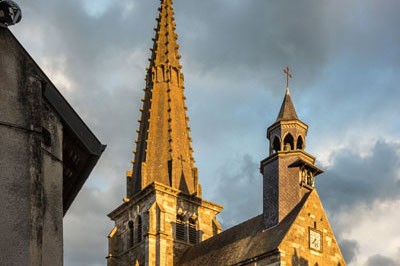The thirsty traveller, having lunched in Dijon and travelling south through the Cote de Nuits for refreshment in Burgundy, will eventually reach Ladoix-Serrigny. It marks the start of the Cote de Beaune. That it should be associated with ‘beginnings’ is particularly apt, for the name Ladoix means ‘water spring’ in old French. Ladoix wines are not widely known, but amongst those who have tried them they have developed a devoted following. The vast majority of the wines from Ladoix’s 90 hectares of vineyards are red, though the small amount of white produced here is of the very highest quality. They share some of the most hallowed ground in all of Burgundy – the hill of Corton – with the nearby Aloxe- Corton appellation and also Pernand-Vergelesses. On the hill they benefit from better elevation towards the sun, different wind patterns and a slightly lower temperature. To the north, however, the soils are more reminiscent of the Cote de Nuits. First mentioned in 1305, and made up of properties of the Hospices de Beaune, it has a thirteenth-century church and an eleventh-century chapel. The volume of wines made here may not be huge, but the quality and historical importance of Ladoix-Serrigny more than make up for it.

